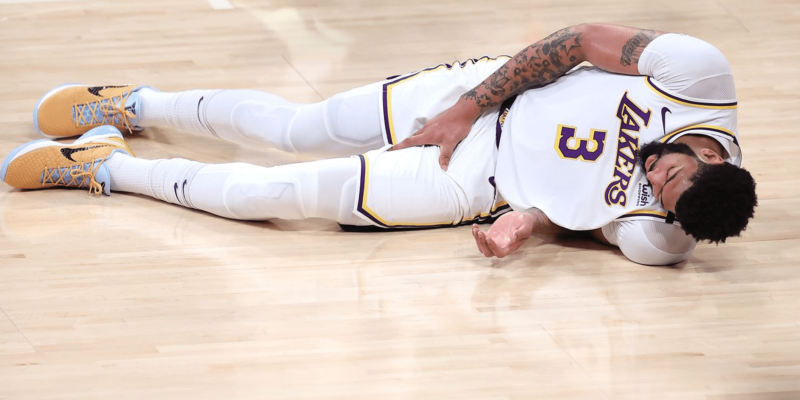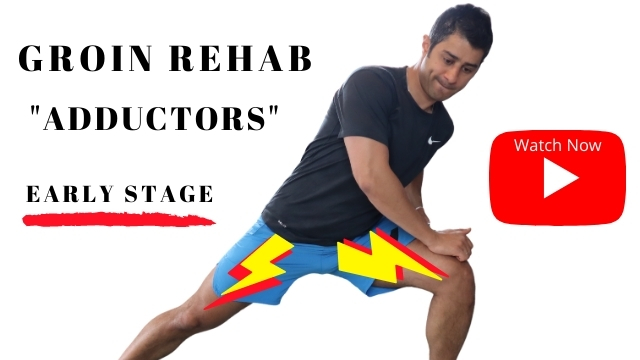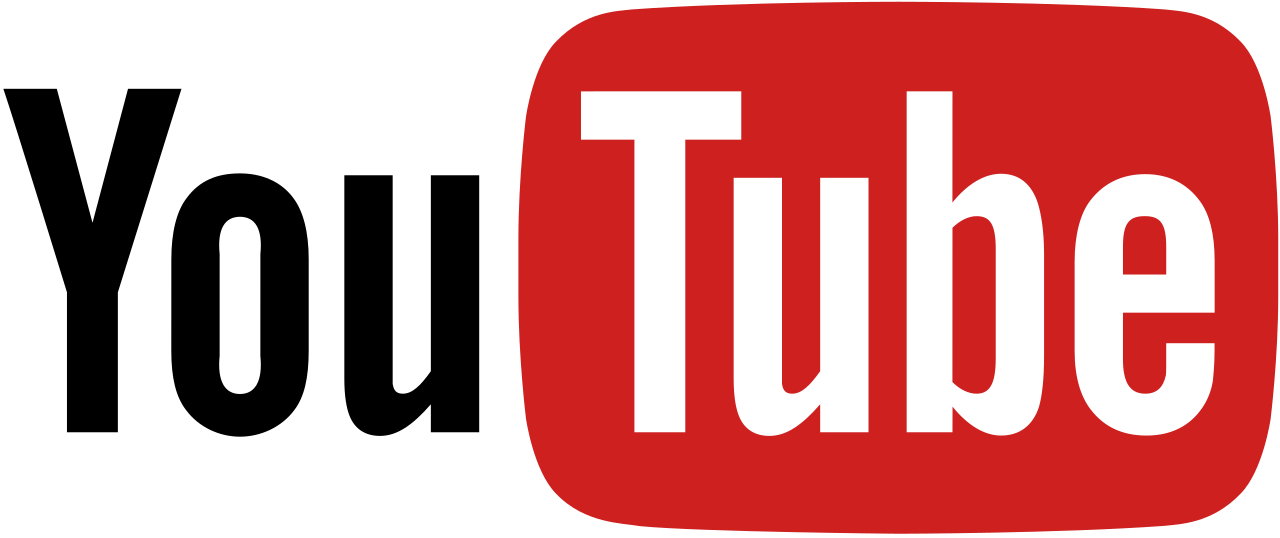A groin strain is a muscular tear or rupture to any one of your groin muscles; usually one of the hip adductor muscle group. Your body has five adductor muscles: adductor brevis, longus, magnus, pectineus, and gracilis. Any of these groin muscles can be strained but the most common is adductor longus. A groin strain usually occurs with high-speed activities such as kicking, change of direction or sprinting. Groin injuries account for 2% to 5% of all sports-related injuries with a high recurrence rate between 15% and 31% (Read more).
The groin consists of the area where the abdomen meets the legs and includes the structures of the perineum. The following structures comprise the groin: lower rectus Abdominals musculature, inguinal region, symphysis pubis, upper portions of the adductor muscles of the thigh, the genitalia, as well as the scrotum in males.
Mechanism of Injury
The most common hip and groin injury mechanisms were noncontact (48.4% of all injuries), overuse/gradual (20.4%), and player contact (13.0%). Men’s cross-country had the highest proportion of injuries due to noncontact (71.4%), women’s swimming had the highest proportion of injuries due to overuse/gradual (70.0%), and men’s wrestling had the highest proportion of injuries due to player contact (38.5%) (Read more).
Risk Factors
Consistency across the literature support previous groin injury, a higher level of play, reduced hip adductor strength (absolute and relative to the hip abductors) and lower levels of sport-specific training as risk factors for groin injury in sport (Read more).
Another study highlighted age, adductor muscle fatigue, and inadequate stretching of the adductor muscle complex (Read more). In addition, core muscle weakness or delayed onset of transverse abdominal muscle recruitment may increase the risk of groin strain injury. Debate exists in the literature regarding the role of adductor strength and length as well as age (Read more).
What are the Symptoms of Groin Strain?
- – Groin pain and tenderness.
- – Muscles spasm or tightness in your groin muscles.
- – Pain on a stretch of your groin muscles.
- – Lower abdominal and Groin pain during groin muscle contraction – thigh squeeze.
Grades of Injury
Grade 1
A grade 1 groin strain occurs when the muscle is overstretched or torn, damaging up to 5 percent of the muscle fibers. You may be able to walk without pain, but running, jumping, kicking, or stretching may be painful.
Grade 2
A grade 2 groin strain is a tear that damages a significant percentage of the muscle fibers. This might be painful enough to make walking difficult. It will be painful to bring your thighs together.
Grade 3
A grade 3 groin strain is a tear that goes through most or all of the muscle or tendon. This usually causes a sudden, severe pain at the time when it happens. Using the injured muscle at all will be painful.

Groin Injury Treatment / Management
Most adductor strains are managed conservatively. Initial management will include relative active rest from sports, Police Protocol and physical therapy. In the treatment of muscle-tendon injuries, immobilization should be limited to as short a period as possible to avoid the harmful effects of immobilization including muscle atrophy and loss of function. In some cases you may use “Analgesia” typically includes acetaminophen and non-steroidal anti-inflammatory medications.
The 1st phase program will be, active rehabilitation depends on the severity of injury and individual, it will include an active range of movement and strengthening of the affected and nonaffected side and core accompanied by a gradual return to sport. Acute injuries may return as quickly as 4 to 8 weeks while chronic strains may take many months to achieve desired results. Meanwhile, your therapist will role out the root of the injury and while you’re working on your recovery you will be working on your overall movement and strength. We have listed 2 rehabilitation exercises that you may apply at home.
1- Bodyweight Squat
In the 1st phase of rehabilitation, bodyweight squat can be performed daily. Find the comfortable foot stand (shoulder apart) and aim to get to 90-degree squat initially and progress to full squat in time. You can perform this exercise 3 sets of 12 and progress to 15 repetitions.
2- Adductor squeeze (Isometric)
One of the best exercises in the acute phase of injury would be adductor squeeze. This exercise can be performed standing (wall squat) or supine. You can use a ball, towel or yoga block and hold and squeeze it between your thighs for 5 seconds from 8 to 12 repetitions. You may apply only 30% of your maximum strength in the 1st week and progress to 60% and 80% in time. This exercise activates your adductor muscle and might be slightly uncomfortable, however, slight amount of discomfort is normal and it will improve in time.
3- Bodyweight hip thrust
Lie on your back with your arms by your sides, your knees bent and your feet planted on the ground. Squeeze your glutes, press through your heels and drive your hips up so you form a straight line from your knees to your shoulders. Hold for a second at the top of the move, then lower slowly. Repeat this exercise for 3 sets of 10 repetitions.
The 2nd phase of the Groin strain rehabilitation program will be a progression of the initial phase. Read More
Early Stage of Groin Rehabilitation
Our Approach
Dublin Sports Injury Clinic is a Physical Therapy Clinic based in Pearse Street, Dublin 2. We have a holistic approach to our assessment and treatment. The initial assessment helps us to explore the cause of your Groin injury and help you to get pain free shortly and stop any further injuries. We will design a customized training program for you to start with, and we will coach you and monitor your progress closely. We will prescribe relative rest or modified activities as required. Depending on the individual stage of injury, we apply manual therapy accompanied by stretching to restore tissue elasticity and reduce the strain in the muscle-tendon unit with joint motion.
FOLLOW US ON YOUTUBE AND GET ACCESS TO OUR WEEKLY FREE REHABILITATION EXERCISES.
Next step
Want to get in touch with our team of the therapist or you are looking for some advice? Simply fill in your details below & we get in touch with you shortly.
Disclaimer: This article is for information only and should not be used for the diagnosis or treatment of medical conditions. You can contact us if you would like to book an appointment or get some advice from our therapist.



One Response
As any gaa player or fan will know September is the biggest time of the year for championship and it’s no difference for my team so when I strained my hamstring just over three weeks ago I feared I would miss our championship quarter final but here I am fit again ready for the match with a few days to spare and it’s all down to Bob. I contacted Bob the same day as the strain happened and his help has been out of this world rather than rest up like most people would think Bob gave me stretches to do to help it heal quicker and stronger bob also went out of his way to help me he would contact me every day checking on the injury giving me new stretches and then when I was fit enough he changed it from stretches to strength exercises which really help me feel full recovered I can’t thank Bob enough and he is the only person to go to for advice and treatment your the best Bob